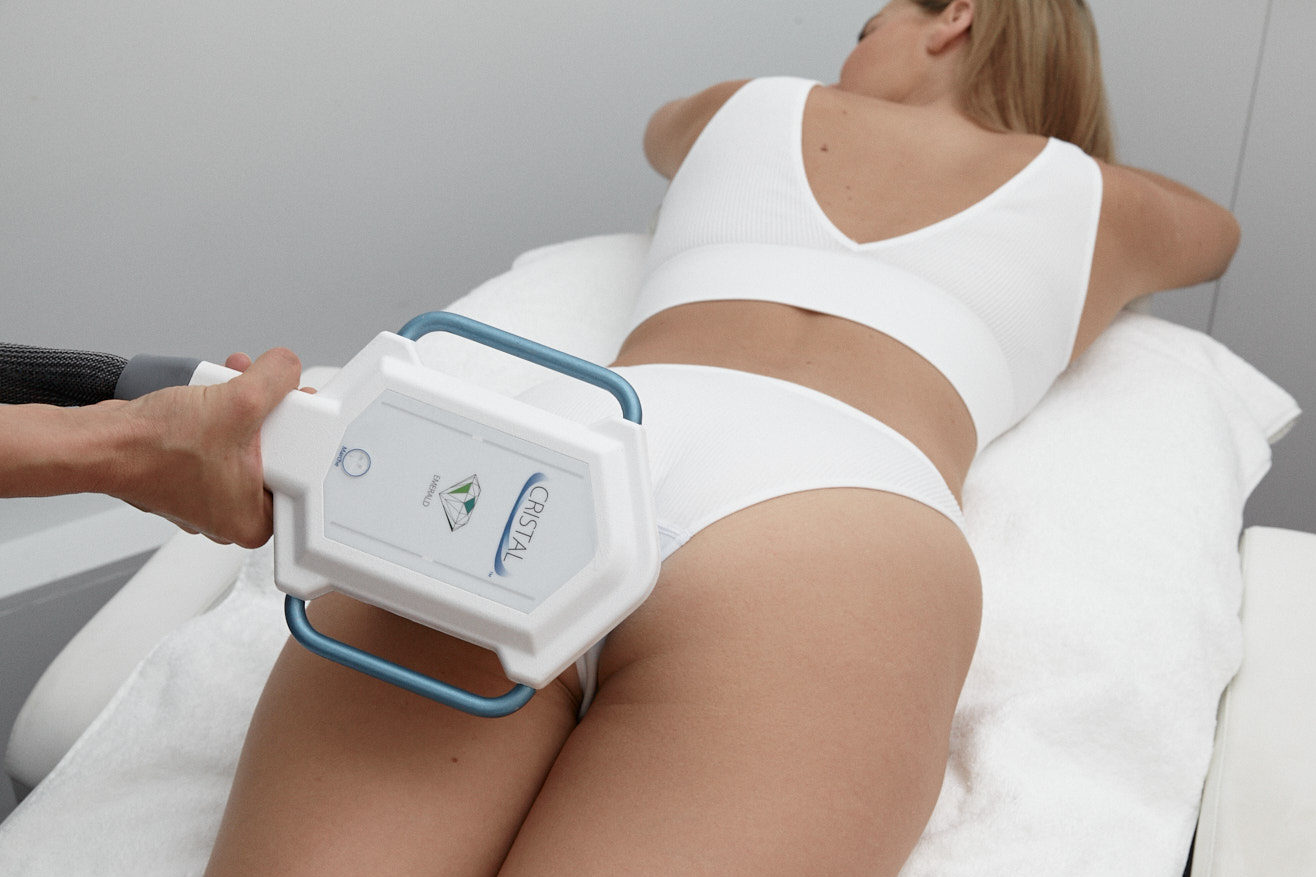
Do you have stubborn areas of fat that aren’t responding to dietary changes or exercise? You might be curious about non-surgical body contouring treatments that target and destroy fat cells without surgery.
Some of these options work by freezing fat cells, others use technology like ultrasound or radio frequency energy which offer a targeted way to reshape areas such as your abdomen, love handles, thighs and upper arms.
But are they safe? And are the changes permanent?
Dermatologist Shilpi Khetarpal, MD, answers common questions about these minimally invasive body-shaping solutions.
Is non-surgical body sculpting safe? Are results permanent?
These are minimally invasive treatments and side effects are mild. However, it’s a good idea to review your health history when you talk with your practitioner about which treatment is best for you.
All types of body contouring devices work best for those who have a normal body mass index (between 18.5 and 24.9). They do permanently destroy fat cells, Dr. Khetarpal says.
How does non-surgical body sculpting compare with liposuction?
Non-surgical techniques won’t offer the same results as you would from a surgical procedure. Liposuction gets rid of about ten times the amount of fat, compared to these noninvasive treatments body sculpting, Dr. Khetarpal says.
These non-surgical treatments destroy the amount of fat you can pinch, called cutaneous fat.
How does non-surgical body sculpting work?
She says the procedures all work essentially the same way: They target and destroy fat, which your body’s lymphatic system then filters away over time, generally within a few months.
Here are details on each technique:
- Cold treatments (Cryolipolysis).These employ temperatures cold enough to kill fat cells but not damage your skin. A device pulls portions of skin in by suction, then cools it to destroy the fat underneath for a set amount of time. You can use this procedure on many body parts including the chin, arms, abdomen, love handles and thighs. It’s safe for most patients. However, those who have a vascular condition that makes them extra sensitive to cold temperatures (Raynaud’s syndrome, for instance) should not use this treatment.
- Ultrasound energy (HIFU, MMFU). This type of treatment uses ultrasound energy to break down fat. It is the most time-intensive of the four types, taking approximately one hour per treatment session. Instead of hooking you up to a machine, a technician will move the device around manually. It uses a mechanical vibration to break down and destroy fat. This works on the abdomen and isn’t meant for other areas, Dr. Khetarpal says. There is no discomfort, she says.
- Radio frequency energy (Fractional RF). Radio frequency devices deliver energy to create heat and destroy fat cells. They target water in the cells, so it’s important to hydrate your body well beforehand, Dr. Khetarpal says. The treatment is not as effective if you’re dehydrated. You might feel a warm sensation during this procedure, she says.
What can you expect after these treatments?
All the treatments get rid of fat in stubborn areas. Here are some other general facts:
- They don’t require anesthesia or downtime.
- They take anywhere from 25 minutes to one hour in a doctor’s office.
- You can plan on two to four sessions overall, depending on which treatment you choose and which area you’re treating.
- It takes about 12 to 16 weeks for the body to process and dispose of the fat. That’s when you’ll see the full effect of each treatment.
- Any pain from these treatments is generally minimal.
- Afterward, you may experience some redness, swelling, bruising and tenderness in the treatment area for a few days.
How do you find a good provider?
Dr. Khetarpal says it’s a good idea to do your homework and choose a provider carefully.
A trained physician is your best bet for good results, she says. The treatments are safe and effective, but things can go wrong if the provider doesn’t operate the equipment correctly.
“You get what you pay for, so do your research,” she says.
Original article from: http://cle.clinic/2CeVKrD
I need this done. I’ve been considering it for a while now.
Why don’t we have technology that does the opposite? Why is no one focusing on this, especially in times when most people want to be curvy? There are those who can’t gain weight, like me, who also can’t afford surgeries or don’t want foreign objects in the body.
Hi Vicki, thank you for comment and appreciate your feedback – as a matter of fact we do have treatments that are for volumising – you can read some more information about it here – or simply book in and speak to one of our Clinicians for some more advice > https://www.bodysculptingclinics.com.au/cosmetic-injections/non-surgical-butt-lift/
Interesting, can you only do this on the butt or can it be done on other parts of the body?